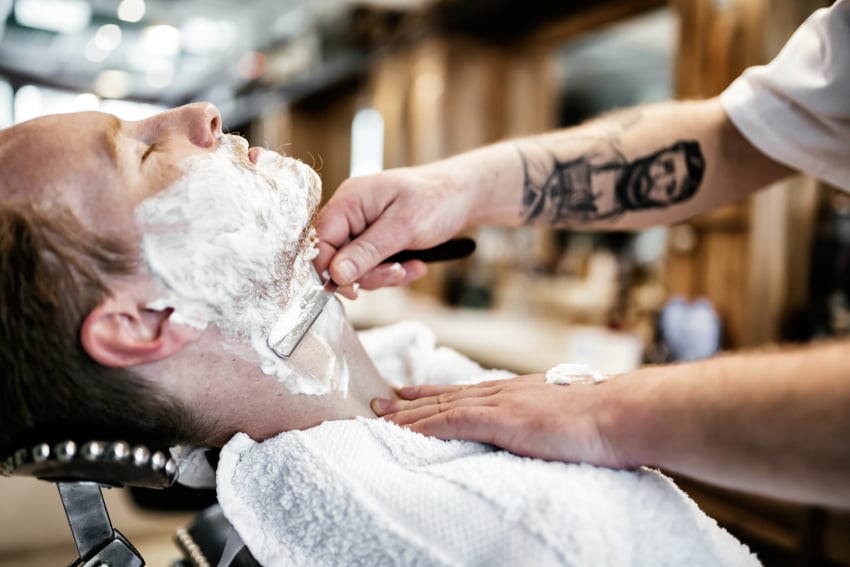In a fast-paced world of electric razors and disposable blades, some traditions endure, etching their timeless elegance into the fabric of history. Among these revered traditions is the use of straight razors in barbershops, which has remained an essential aspect of the barbering profession for centuries. The art of wielding a straight razor not only offers unparalleled precision but also symbolizes the connection between barbers and their craft, fostering a unique experience for patrons seeking more than just a haircut.
The Origins of Straight Razors
The straight razor, also known as the "cut-throat razor," has a storied history dating back thousands of years. Originating in ancient civilizations like Egypt and Rome, it eventually found its way into the European culture during the Middle Ages. Throughout history, the straight razor was crafted from various materials, ranging from bronze and copper to steel, and evolved in design and technique.
The Straight Razor Renaissance
Though the mid-20th century saw a decline in the use of straight razors due to the rise of electric and disposable razors, recent years have witnessed a resurgence of this classic grooming tool. The revival can be attributed to several factors, including a growing appreciation for traditional craftsmanship, a desire for a more personalized grooming experience, and a return to the artistry of the past.
The Barbering Renaissance
In tandem with the straight razor revival, the barbering profession has experienced a renaissance as well. Modern barbershops have reinvented themselves as stylish and contemporary spaces that still pay homage to the vintage charm of old-school barbering. Today's barbers are skilled artisans who merge traditional techniques with contemporary styles, offering clients a unique and intimate grooming experience.
The Barber's Arsenal: The Straight Razor
The straight razor is more than just a grooming tool; it is an extension of the barber's skill and artistry. Its presence in a barbershop represents a commitment to precision, quality, and craftsmanship. Here are some key roles that the straight razor plays in the barbershop and the barbering profession:
-
Precision and Mastery: Using a straight razor requires significant skill and dexterity. Barbers must undergo rigorous training to perfect their technique, as the slightest error can lead to nicks and cuts. The mastery of the straight razor sets professional barbers apart from less experienced groomers, showcasing their commitment to excellence.
-
Classic Shaving Services: One of the primary functions of the straight razor in barbershops is providing classic shaving services. The hot towel shave, a time-honored ritual, involves warming and softening the client's facial hair with hot towels before meticulously shaving it with a straight razor. This luxurious experience offers clients the closest and most indulgent shave possible.
-
Personalized Grooming Experience: The straight razor shave is not just about removing facial hair; it's an intimate and personal experience. As the barber glides the blade across the client's face, it creates a sense of trust and connection, making the grooming process more than just a transactional service.
-
The Ritual and Tradition: For many, visiting a barbershop that employs the use of straight razors is like stepping into a time capsule. The traditional ritual of a straight razor shave evokes a sense of nostalgia, transporting clients back to a bygone era of sophistication and elegance.
In the ever-changing landscape of grooming and barbering, the straight razor remains an iconic symbol of tradition, craftsmanship, and elegance. Its enduring presence in barbershops and the barbering profession exemplifies the commitment to quality, precision, and personalized experiences. As long as there are barbers who appreciate the artistry and patrons who seek an authentic grooming encounter, the straight razor's timeless role will continue to thrive, bridging the gap between the past and the present.
